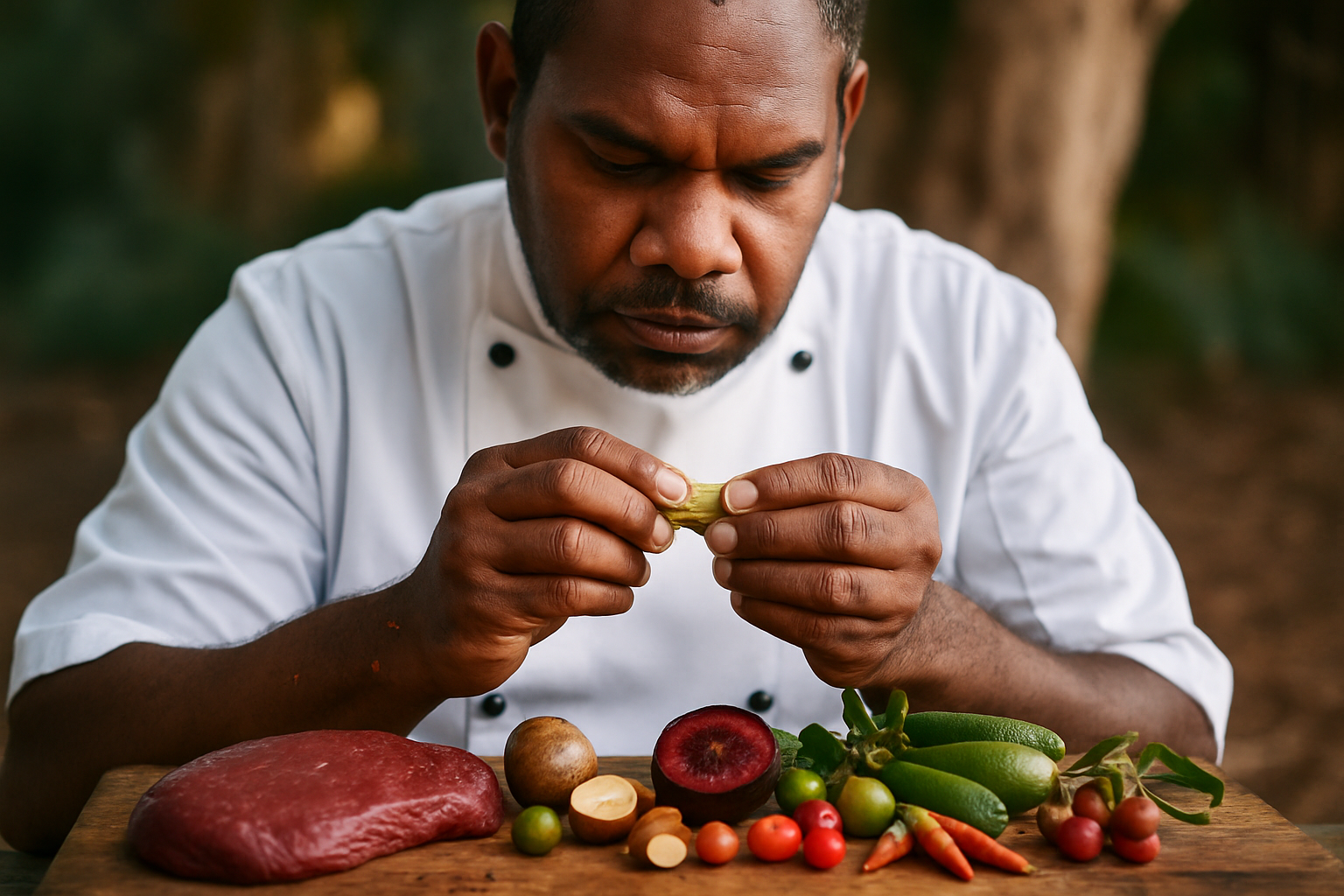Understanding Coffee and Tea Profiles for Home Brewing
Home brewing coffee and tea becomes more rewarding when you understand how origin, processing, and preparation shape flavor. This article breaks down sensory profiles, practical brewing adjustments, and pairing ideas to help home cooks and beverage enthusiasts make consistent cups that suit their taste and kitchen routines.

Understanding how coffee and tea develop flavor helps home brewers move beyond recipes into intentional brewing. Both plants carry terroir, processing history, and preparation choices that show up in aroma, body, acidity, and finish. Approaching brewing with a few core concepts—grind/leaf size, water temperature, extraction time, and recipe ratios—lets you highlight desired notes whether you prefer bright citrus, floral tea, chocolate coffee, or rounded maltiness. This piece explains profiles and practical adjustments, alongside culinary pairing ideas and sustainability considerations for sourcing beans and leaves.
Brewing: What variables change the cup?
Water temperature, contact time, grind or leaf size, and brew ratio are primary levers in brewing. For coffee, roast level and grind determine extraction speed: finer grinds extract more quickly and can amplify acidity or bitterness if over-extracted. For tea, leaf size and infusion time control body and tannin release—longer steeps yield stronger, more astringent cups. Use a scale and timer for repeatability, and adjust one variable at a time. Brewing also interacts with water quality: mineral content influences perceived sweetness and mouthfeel. Small changes in technique yield predictable shifts in beverage character.
Pairings: How to match coffee and tea with food?
Pairing beverages with cuisine and recipes relies on balancing intensity and flavor notes. Bright, acidic coffees complement rich pastries and desserts by cutting richness, while fuller-bodied coffees pair well with grilled or savory breakfast items. Delicate green teas suit lightly seasoned seafood or vegetable dishes, whereas roasted teas and black teas carry enough structure to stand up to spiced or sweet baked goods. Consider contrast and complement: pair sweet pastries with bitter or tannic brews for balance, or match similarly textured foods and beverages for coherence in a meal.
Fermentation and mixology: Do processing methods matter?
Both coffee and tea undergo processing steps that shape flavor. Coffee fermentation during processing can produce fruity or wine-like notes; controlled anaerobic fermentation is a technique producers use to emphasize specific aromatic profiles. Tea production—oxidation for black teas, pan-firing for green, or microbial fermentation for pu-erh—creates distinct taste families. In mixology, brewed coffee and concentrated tea can be used as components for cocktails and mocktails; understanding acidity and sweetness helps when balancing syrups, spirits, and bitters. Recipes that incorporate brewed concentrates benefit from measuring and tasting adjustments.
Sustainability and sourcing: What should home brewers look for?
Sourcing influences both taste and ethics. Look for transparent information about origin, processing, and producer practices. Certifications and direct trade statements can indicate certain environmental or social standards, but labeling varies—prioritize roasters and tea merchants that share harvest and processing details. Sustainable choices may include shade-grown coffee, bird-friendly practices, or small-lot teas from regenerative farms. Responsible sourcing complements culinary goals: fresher, transparently processed beans and leaves often yield more expressive profiles, letting you experiment with pairings and recipes with clearer reference points.
Nutrition and foraging: Are there home-grown or health aspects to consider?
Moderate consumption of coffee and tea is a part of many dietary patterns. Tea offers varieties with antioxidants and minimal calories when unsweetened; coffee provides stimulants like caffeine and compounds linked to flavor and aroma. Foraging for wild herbs to blend with tea requires caution—accurate identification and awareness of local regulations and contaminants are essential. When creating culinary recipes, consider how additions—milk, sugar, syrups—change both nutrition and perceived flavor, and adapt brewing strength to maintain balance in beverages used as ingredients.
Culinary applications: How to use brewed coffee and tea in recipes?
Brewed coffee and tea can extend beyond the cup into sauces, desserts, marinades, and cocktails. Concentrated cold brew or strongly steeped tea works well in ice creams, syrups for pastries, or as a component in glaze for grilled items. In gastronomy, pairing a coffee-reduced sauce with savory dishes or using tea-infused broths introduces subtle aromatic layers to a recipe. When substituting brewed liquids in recipes, account for acidity and bitterness; taste and adjust sweeteners or fat content to maintain harmony.
Conclusion Understanding profiles in coffee and tea empowers home brewers to make deliberate choices about beans, leaves, and techniques. Paying attention to brewing variables, processing origins, and pairing principles improves consistency and helps integrate beverages into broader culinary projects. With careful sourcing and mindful adjustments, everyday brewing becomes a platform for exploration within cooking, baking, and beverage mixology.





